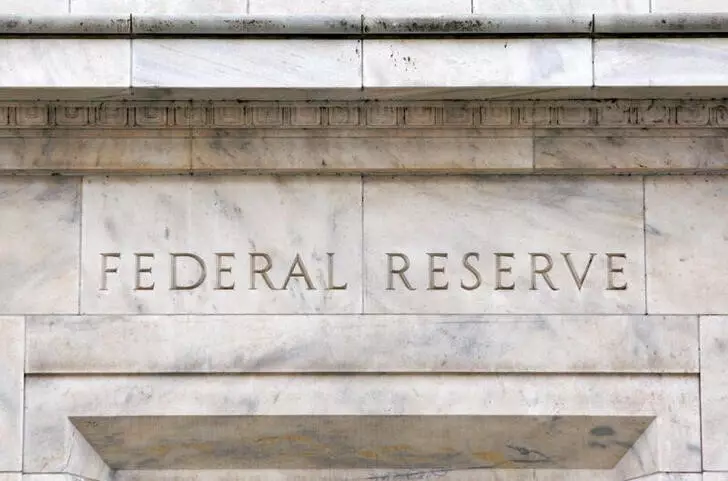In recent months, notable decisions by central banks have prompted widespread discussions among investors and analysts alike. Notably, the Federal Reserve’s 50 basis point interest rate cut and China’s substantial stimulus measures have been heralded as signs of optimism within financial markets. However, a deeper examination reveals that these actions may actually reflect underlying economic vulnerabilities rather than the promise of recovery.
The Federal Reserve’s recent pivot from combating inflation to addressing a cooling labor market speaks volumes about the state of the U.S. economy. As unemployment figures edge closer to what is considered the natural rate, the Fed’s interventions appear to be a response to mounting economic pressure rather than a proactive strategy for growth. Historically, such rate cuts have been celebrated in the short term, spurring initial market enthusiasm. However, trends suggest that these rallies are often ephemeral and yield declines in the months that follow.
Importantly, BCA Research points out a critical pattern: the Fed typically enacts rate cuts in the period leading up to an economic recession. This correlation underscores the idea that monetary easing might be more of a warning signal—indicative of impending economic distress—than a remedy capable of revitalizing growth.
The situation in China mirrors these sentiments; the ambitious stimulus efforts and rate cuts undertaken by the Chinese government do not seem to be enough to stem the tide of economic malaise. The country faces a balance-sheet recession exacerbated by the aftershocks of a bursting real estate bubble. Consequences of this downturn include diminished credit demand, declining consumer confidence, and diminishing efficacy of monetary stimulus.
BCA analysts contend that fundamental reforms are imperative for China’s economic recovery. Without a significant increase in domestic consumption and more aggressive fiscal strategies, the anticipated economic resurgence may remain elusive, even in the face of temporary market boons. The structural weaknesses within the economy could stymie any momentum that these stimulus measures initially generate.
The overarching conclusion drawn by BCA Research reflects a grim outlook for the global economy. Their projections indicate that a recession could manifest within the next 6 to 12 months. The residual effects of previous rounds of monetary tightening weigh heavily, suggesting that mere rate cuts will be insufficient to stave off economic decline.
In light of these forewarnings, BCA’s guidance is decidedly cautious. For investors, adopting a risk-averse strategy could be key. This perspective favors a portfolio weighted towards government bonds while underexposing equities and credit. Such an approach aims to mitigate potential risk during what may prove to be turbulent economic waters.
The recent actions taken by major central banks are worthy of careful scrutiny. While they may momentarily buoy market sentiments, the evidence suggests that these measures could also signal deeper economic challenges ahead. With a potentially impending global recession on the horizon, a prudent and cautious investment strategy seems not only advisable but necessary. Investors must remain vigilant and adaptive to navigate the complex financial landscape as it unfolds.


Leave a Reply